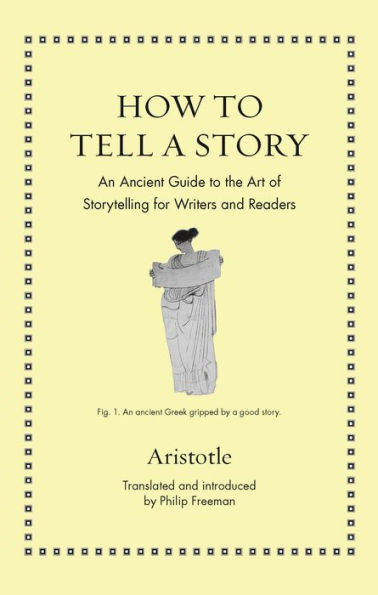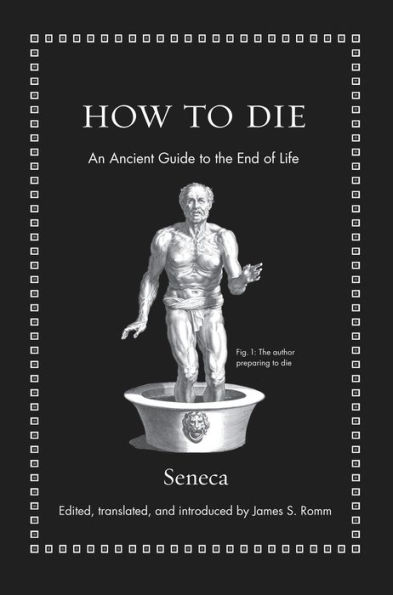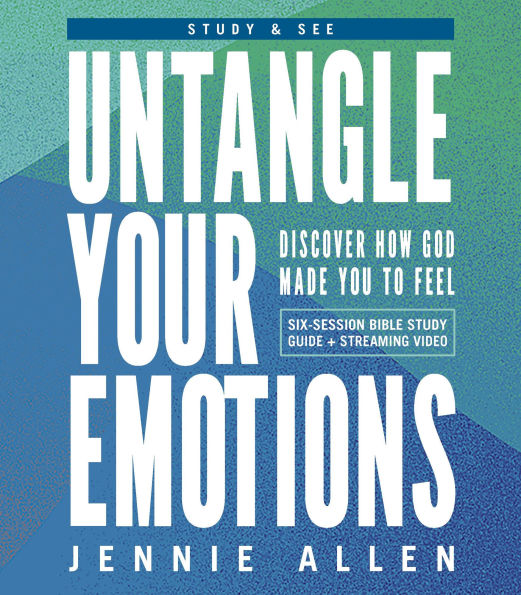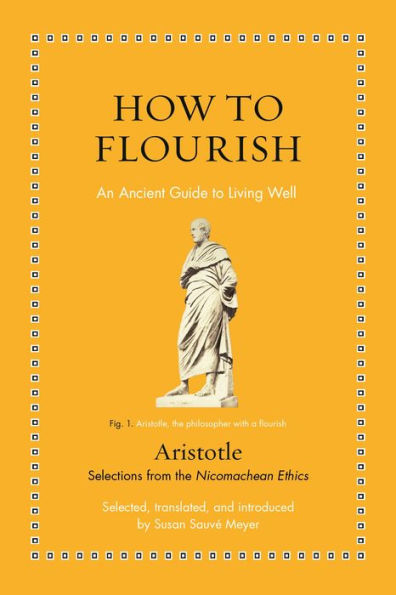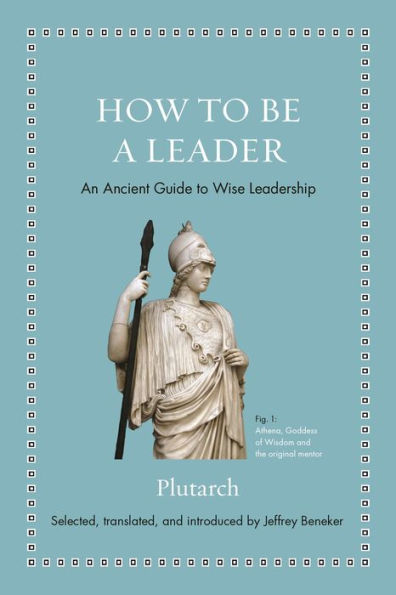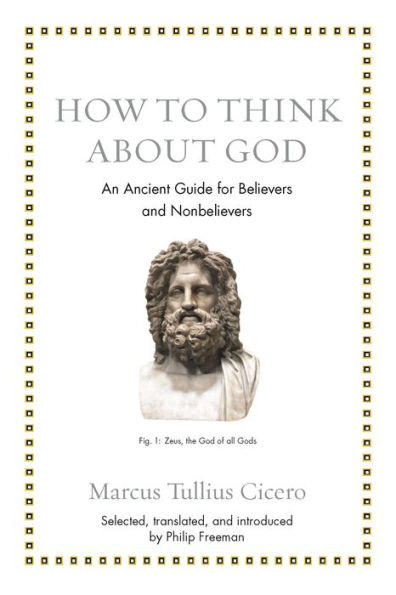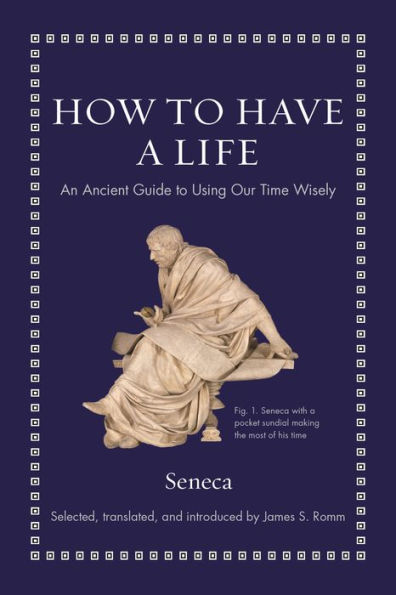Home
How to Feel: An Ancient Guide Minding Our Emotions
Barnes and Noble
Loading Inventory...
How to Feel: An Ancient Guide Minding Our Emotions in Chattanooga, TN
Current price: $12.99
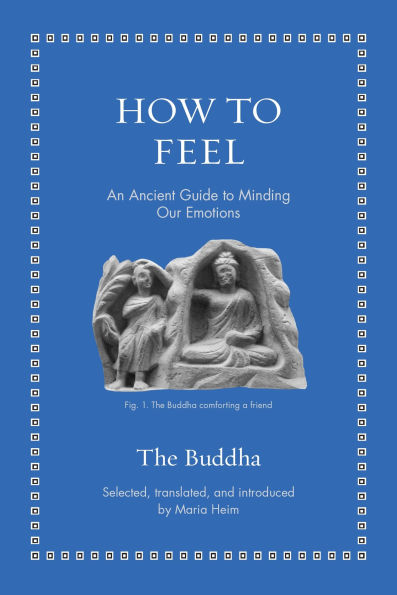
Barnes and Noble
How to Feel: An Ancient Guide Minding Our Emotions in Chattanooga, TN
Current price: $12.99
Loading Inventory...
Size: Audiobook
A new translation of the Buddha’s teachings on mindfulness—and how it can help us to be less controlled by our emotions
To feel is to suffer. But do we have to suffer as much as we do? Twentyfive hundred years ago, the Buddha discovered that practices of mindfully observing our feelings and emotions can help us gain some distance from them. In
How to Feel
, Maria Heim provides new translations of essential early Buddhist teachings on mindfulness meditation and connects them to recent findings in psychology and neuroscience. A superb meditation manual and insightful exploration of psychology, the book also provides a brief introduction to Buddhism and features the original Palilanguage texts on facing pages.
Drawing from the
Samyutta Nikaya
, an early canonical collection,
introduces Buddhist practices of mindfulness. Using them, we can watch feelings come and go like winds passing through the sky. We can observe what causes our negative emotions and learn to shift our attention to other things. We can see where emotions lead us and learn to redirect them. We will still feel, but, with practice, emotions will have less control over us.
Just as they did in ancient India, the teachings in
offer today’s readers radically new and more enlightened ways to experience emotions.
To feel is to suffer. But do we have to suffer as much as we do? Twentyfive hundred years ago, the Buddha discovered that practices of mindfully observing our feelings and emotions can help us gain some distance from them. In
How to Feel
, Maria Heim provides new translations of essential early Buddhist teachings on mindfulness meditation and connects them to recent findings in psychology and neuroscience. A superb meditation manual and insightful exploration of psychology, the book also provides a brief introduction to Buddhism and features the original Palilanguage texts on facing pages.
Drawing from the
Samyutta Nikaya
, an early canonical collection,
introduces Buddhist practices of mindfulness. Using them, we can watch feelings come and go like winds passing through the sky. We can observe what causes our negative emotions and learn to shift our attention to other things. We can see where emotions lead us and learn to redirect them. We will still feel, but, with practice, emotions will have less control over us.
Just as they did in ancient India, the teachings in
offer today’s readers radically new and more enlightened ways to experience emotions.
A new translation of the Buddha’s teachings on mindfulness—and how it can help us to be less controlled by our emotions
To feel is to suffer. But do we have to suffer as much as we do? Twentyfive hundred years ago, the Buddha discovered that practices of mindfully observing our feelings and emotions can help us gain some distance from them. In
How to Feel
, Maria Heim provides new translations of essential early Buddhist teachings on mindfulness meditation and connects them to recent findings in psychology and neuroscience. A superb meditation manual and insightful exploration of psychology, the book also provides a brief introduction to Buddhism and features the original Palilanguage texts on facing pages.
Drawing from the
Samyutta Nikaya
, an early canonical collection,
introduces Buddhist practices of mindfulness. Using them, we can watch feelings come and go like winds passing through the sky. We can observe what causes our negative emotions and learn to shift our attention to other things. We can see where emotions lead us and learn to redirect them. We will still feel, but, with practice, emotions will have less control over us.
Just as they did in ancient India, the teachings in
offer today’s readers radically new and more enlightened ways to experience emotions.
To feel is to suffer. But do we have to suffer as much as we do? Twentyfive hundred years ago, the Buddha discovered that practices of mindfully observing our feelings and emotions can help us gain some distance from them. In
How to Feel
, Maria Heim provides new translations of essential early Buddhist teachings on mindfulness meditation and connects them to recent findings in psychology and neuroscience. A superb meditation manual and insightful exploration of psychology, the book also provides a brief introduction to Buddhism and features the original Palilanguage texts on facing pages.
Drawing from the
Samyutta Nikaya
, an early canonical collection,
introduces Buddhist practices of mindfulness. Using them, we can watch feelings come and go like winds passing through the sky. We can observe what causes our negative emotions and learn to shift our attention to other things. We can see where emotions lead us and learn to redirect them. We will still feel, but, with practice, emotions will have less control over us.
Just as they did in ancient India, the teachings in
offer today’s readers radically new and more enlightened ways to experience emotions.

